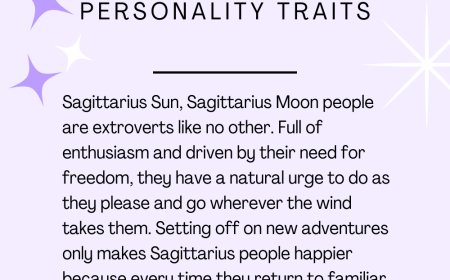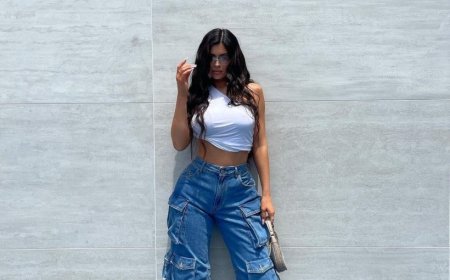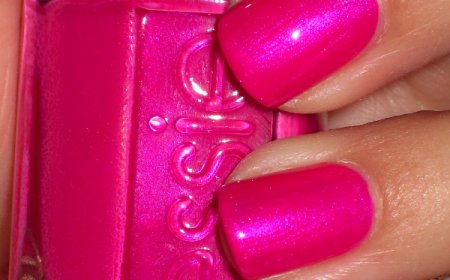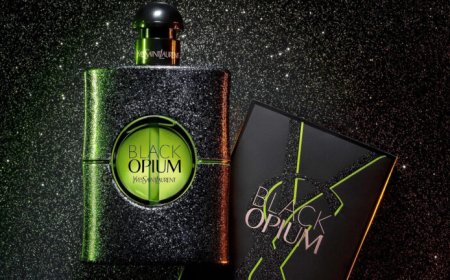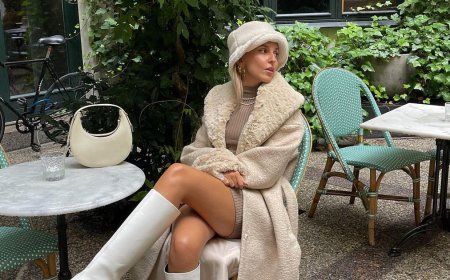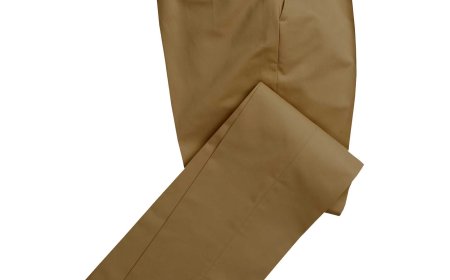What Is Business Cocktail Attire? Dress Code Decoded
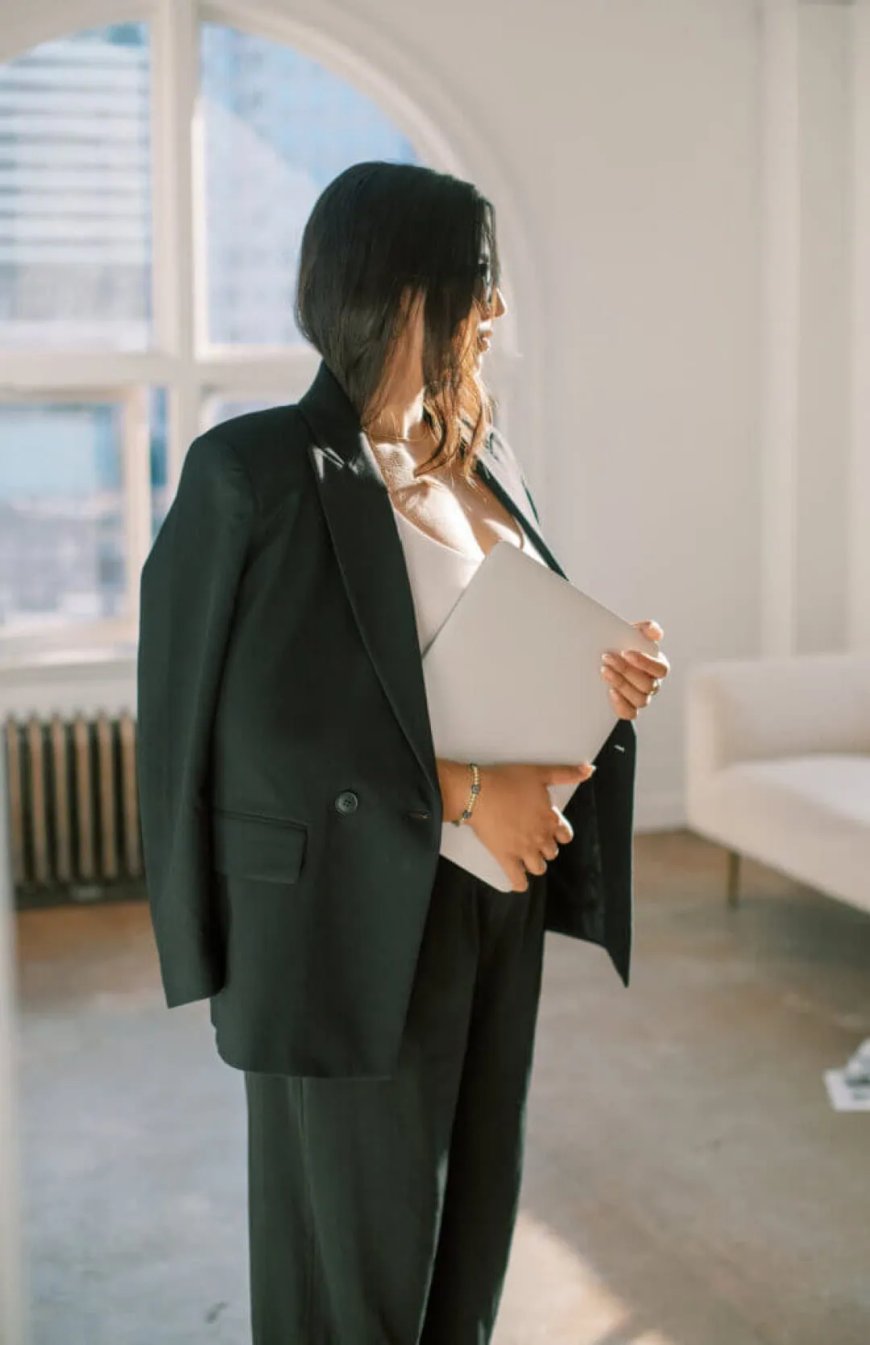
The concept of cocktail attire has become increasingly prevalent in the business realm, straddling the delicate line between formal and casual dress codes. Although often associated with celebratory events, cocktail attire in a corporate context serves a vital purpose. It conveys professionalism while allowing room for personal expression, creativity, and style. This article endeavors to elucidate the intricacies of business cocktail attire, dissecting its fundamental components, historical underpinnings, and contemporary interpretations.
Business cocktail attire is not monolithic; it varies considerably depending on the context, audience, and corporate culture. This attire is particularly salient in formal business networking events, receptions, or after-hours gatherings, where the expectation is to dress in a manner that reflects both professionalism and an understanding of social dynamics. Understanding these nuances is essential for professionals aiming to navigate the often complex social terrain of modern business settings.
As we delve into the various elements that embody business cocktail attire, it is imperative to recognize the historical evolution of dress codes in professional environments. The 20th century brought a revolution in business attire that allowed individuals greater freedom in their sartorial choices, paving the way for more fluid, less rigid norms.
In this exploration, we will dissect the various components that contribute to effective business cocktail attire, examining appropriate fabric choices, color palettes, and accessories that enhance an individual's professional image.
The Historical Context of Cocktail Attire
The roots of cocktail attire can be traced back to the early 20th century, particularly post-World War II when society experienced a shift towards more relaxed social norms. Originally intended for social gatherings that commenced in the early evening, cocktail attire allowed individuals to transition smoothly from daywear to evening wear without the need for complete costume changes. This flexibility became particularly valuable in urban settings, where professionals frequently attended networking events after work.
In the business milieu, cocktail attire adapted to create a distinct category that emerged from traditional business wear. The blend of elegance and informality began to reflect the evolving roles of men and women in the workplace, recognizing the dual demand for professionalism and individuality. The significance of dressing appropriately for such occasions cannot be understated, as attire serves as a non-verbal communicator of respect, competence, and confidence.
The Evolving Definition of Business Cocktail Attire
Business cocktail attire encapsulates a peculiar blend of sophistication and casual elegance. For men, this typically includes a tailored suit or blazer, complemented by a dress shirt, tasteful tie, and polished dress shoes. The emphasis lies not only on the fit but also on the congruence of colors and patterns. A classic palette often invokes navy, charcoal, or subtle earth tones, ensuring that the wearer projects authority while simultaneously engaging with the vibrancy of cocktail attire.
For women, business cocktail attire encompasses a wider spectrum of options. A tailored dress or a chic skirt-blouse combination typically suffices, although smart trousers and a stylish blazer also remain acceptable. The application of texture and layering plays a crucial role in achieving the desired aesthetic. Opting for fabrics such as silk, chiffon, or structured cotton can elevate a standard outfit into one that captures attention while retaining professionalism.
In both cases, accessories serve as significant enhancers. Subtle yet sophisticated jewelry, elegant watches, and tasteful belts make crucial contributions to the overall impression. However, the mantra guiding accessory choices should focus on refinement over ostentation, striking a balance between understated elegance and personal flair.
Fabric Choices and Color Palettes
The selection of fabrics and colors is integral to the overall success of business cocktail attire. Understanding the properties of different materials can influence how one is perceived in a professional context. While conventional choices like wool and cotton remain popular, other luxurious fabrics such as cashmere and silk can impart a sense of sophistication. The texture of the fabric may also elevate an ensemble, with elements such as a matte finish promoting subtlety, while a slight sheen may add modern flair.
When selecting colors, professionals should consider both the psychological implications and contextual appropriateness. Darker shades historically convey authority and stability, while pastel tones or vibrant hues can suggest creativity and approachability. Employing a monochromatic approach or choosing a singular accent color adds a contemporary element to an ensemble, effectively showcasing personal style within the constraints of business etiquette.
Navigating Business Cocktail Attire with Confidence
The nuanced application of business cocktail attire can pose challenges, particularly when the expectations remain ambiguous. To navigate this terrain with assurance, professionals should consider their audience and the specific event context. Carying out modest research regarding organizational culture and typical attire can provide essential insights leading to better-informed choices.
Moreover, understanding the psychological aspect of attire can lend an additional layer of confidence. Well-fitted clothing is not merely a signifier of professionalism but also influences how one perceives oneself. The act of consciously engaging with one’s attire—taking the time to select appropriate garments, coordinating colors, and accessorizing thoughtfully—can foster a more confident demeanor, illustrating the concept that attire indeed affects performance.
Potential Missteps to Avoid
Even as individuals strive for sartorial excellence, they must remain cognizant of the potential missteps that can undermine their professional standing. Overly flashy or overly casual pieces can detract from the intended effect of cocktail attire, making the wearer appear out of place. For instance, excessively bright colors or flamboyant patterns can clash with the underlying expectations of decorum associated with business environments. Similarly, attire that skews too casual—such as denim or overly relaxed fabrics—can signal a lack of seriousness that may erode professional credibility.
Attiring oneself in business cocktails should foster an understanding of the fine line between personalization and professionalism. Therefore, outfits should reflect individuality while holding steady to the underlying principles of business attire. A cohesive look can lead to successful networking interactions, establishing rapport while maintaining a poised professional image.
Integrating Personal Style into Cocktail Attire
While the tenets of business cocktail attire provide a framework, professionals should not shy away from integrating personal style. Individuality can manifest in various forms, from unique accessory choices to the infusion of trending elements. Perhaps a distinctive tie or an avant-garde pair of shoes can communicate personality without undermining professionalism.
Color choices may also be an area of personal expression, provided they remain subdued and appropriate for the occasion. The infusion of personal style not only makes attire memorable but also fosters authenticity, which in turn enhances connections within professional networks.
Conclusion: The Art of Balance
In summation, business cocktail attire encapsulates a multifaceted approach to professionalism and personal expression. This attire is emblematic of an individual’s understanding of context, social dynamics, and self-presentation in a business landscape that increasingly values not just competence, but also character. By embracing the subtleties of fabric choice, color palette, and personal style, professionals can navigate business cocktail events with poise, leaving a lasting impression on colleagues, clients, and peers alike.
The art of business cocktail attire lies in balancing the expectations of professionalism while allowing for individual expression. Success in this domain can facilitate networking opportunities, fostering connections that transcend the superficiality of attire, paving the way for rewarding professional relationships.
What's Your Reaction?
 Like
0
Like
0
 Dislike
0
Dislike
0
 Love
0
Love
0
 Funny
0
Funny
0
 Angry
0
Angry
0
 Sad
0
Sad
0
 Wow
0
Wow
0

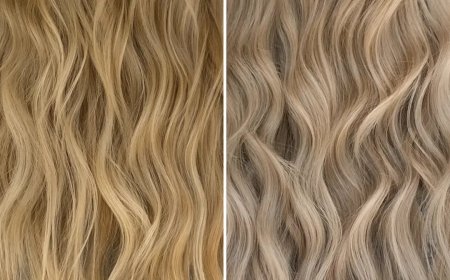
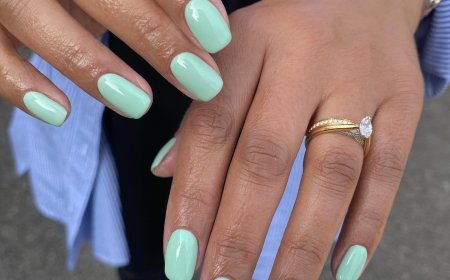
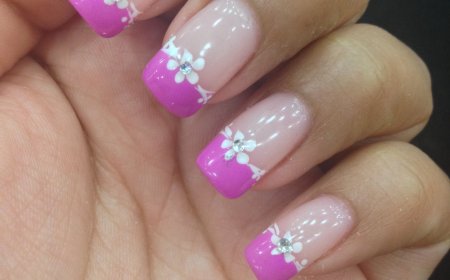



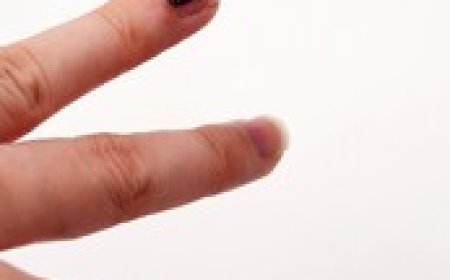

:max_bytes(150000):strip_icc()/drugstore-retinol-creams-tout-f76b9d2796e34eaa8376801c83fb1888.jpg)

